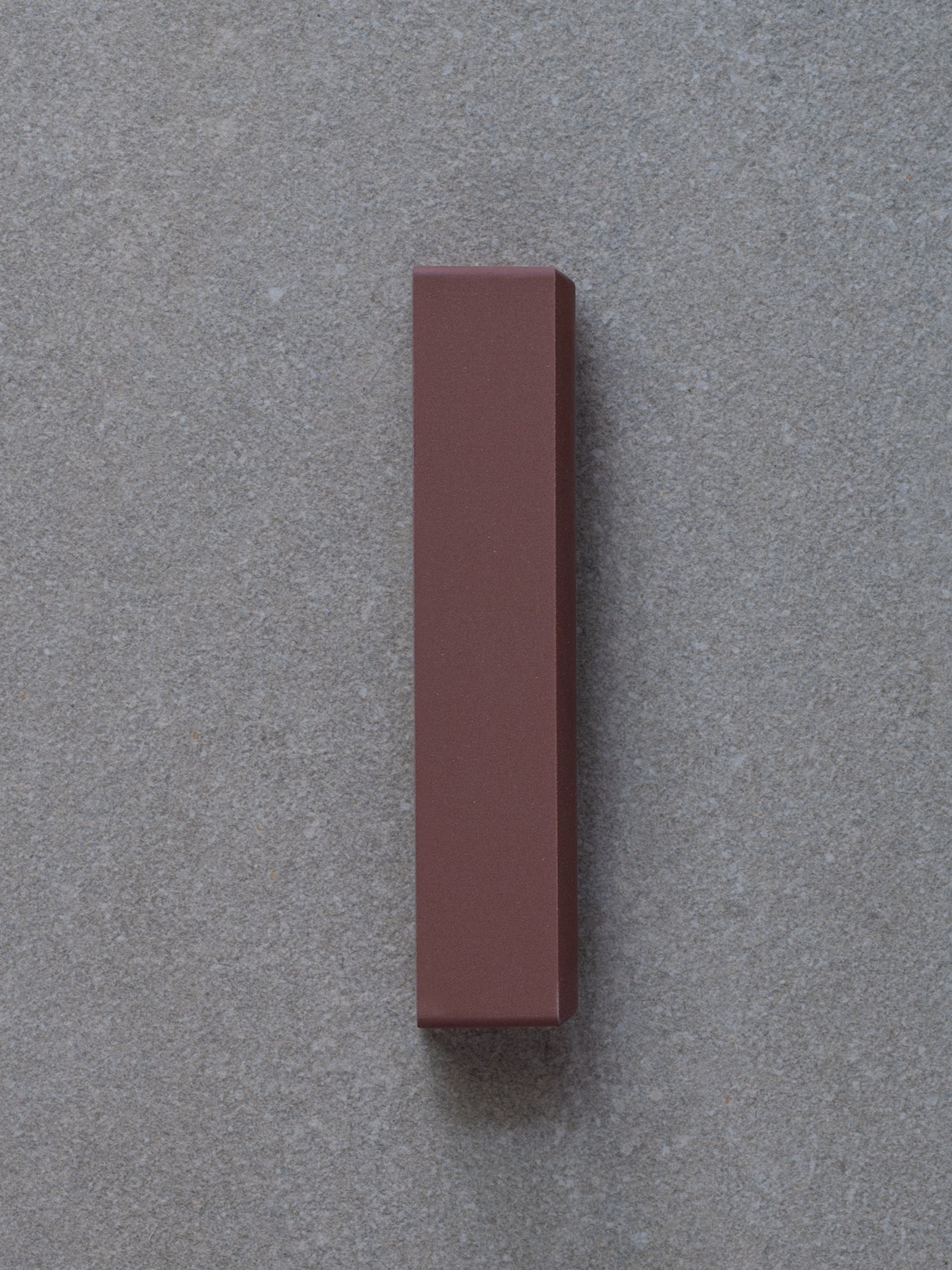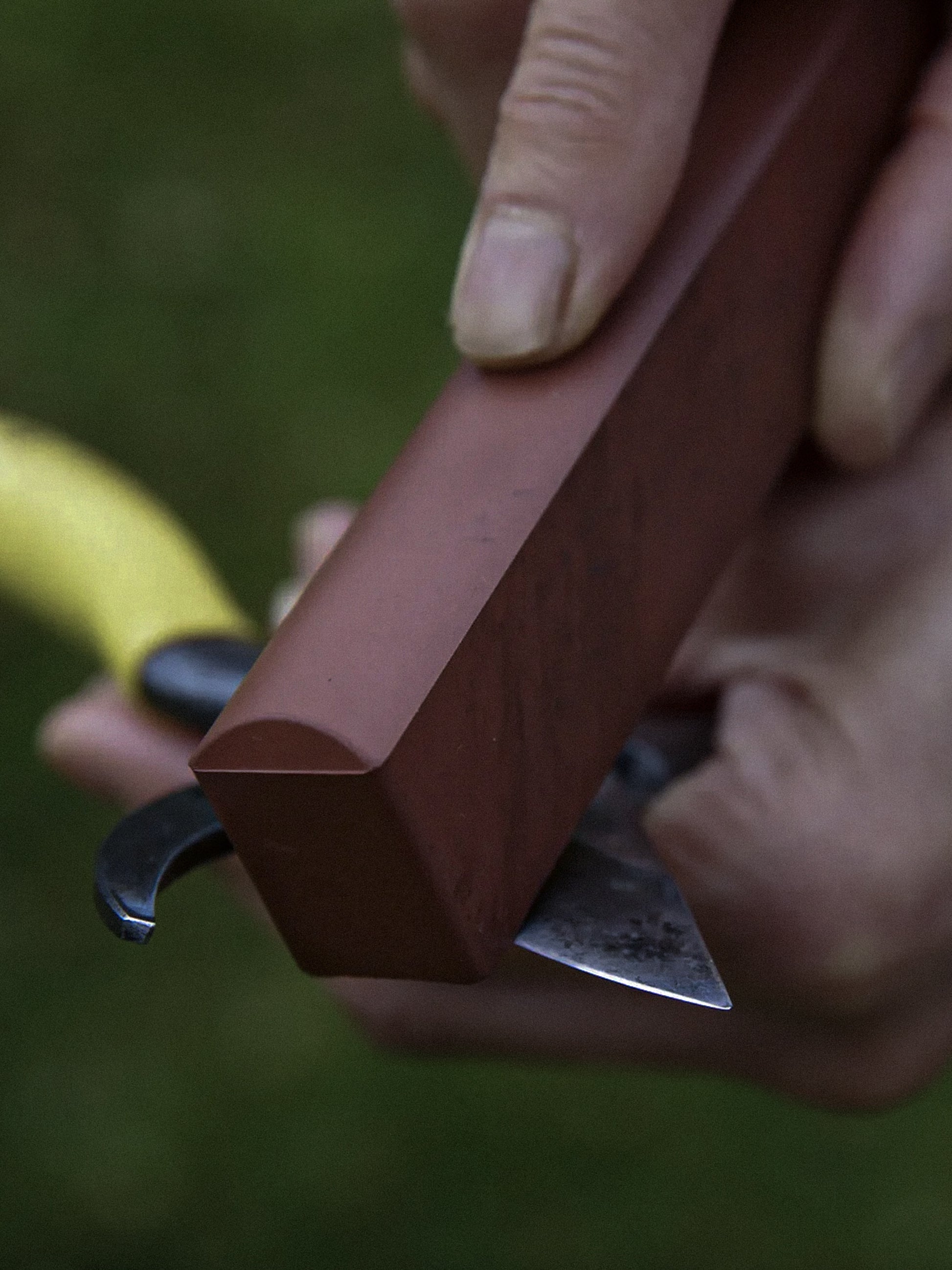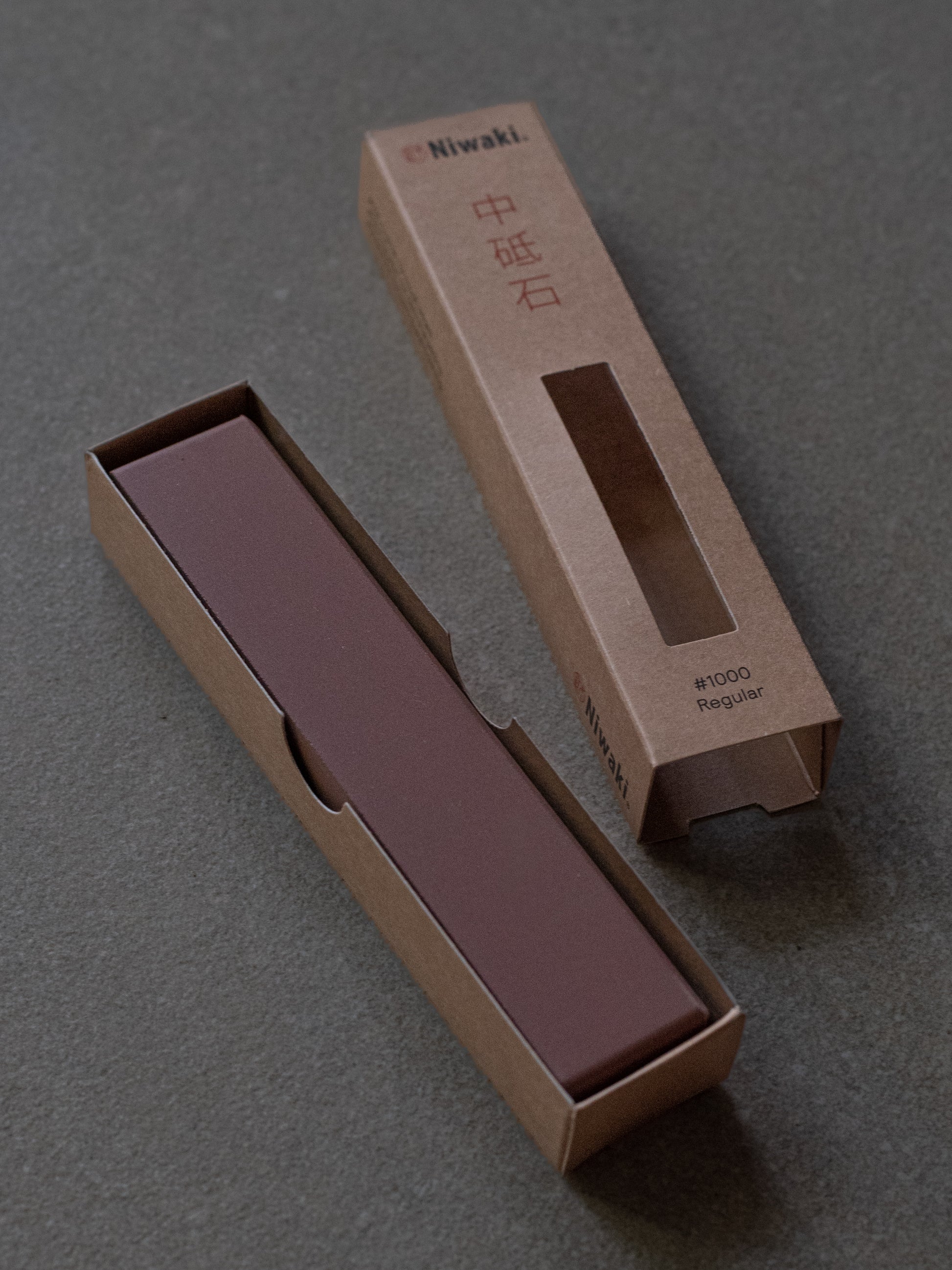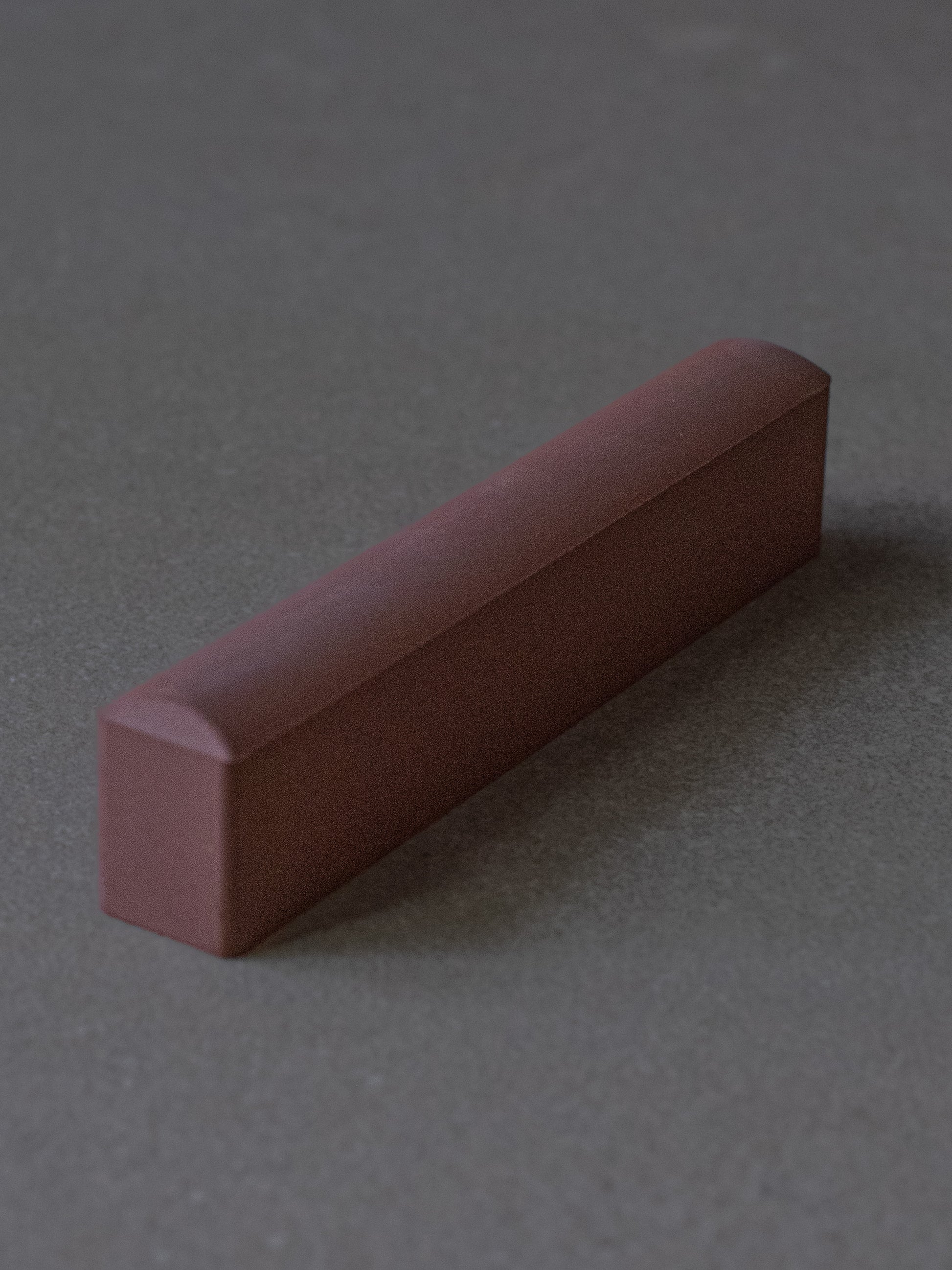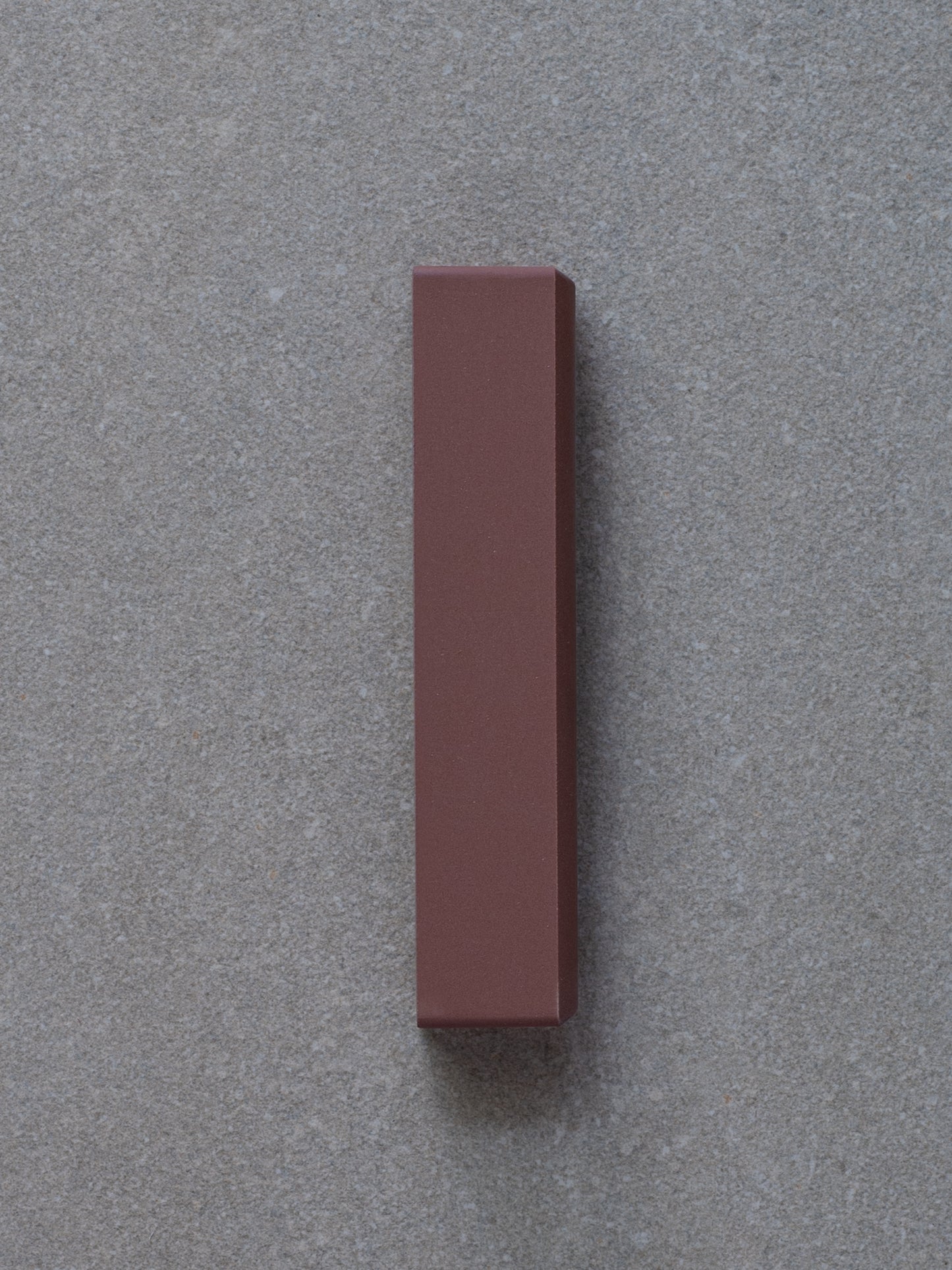
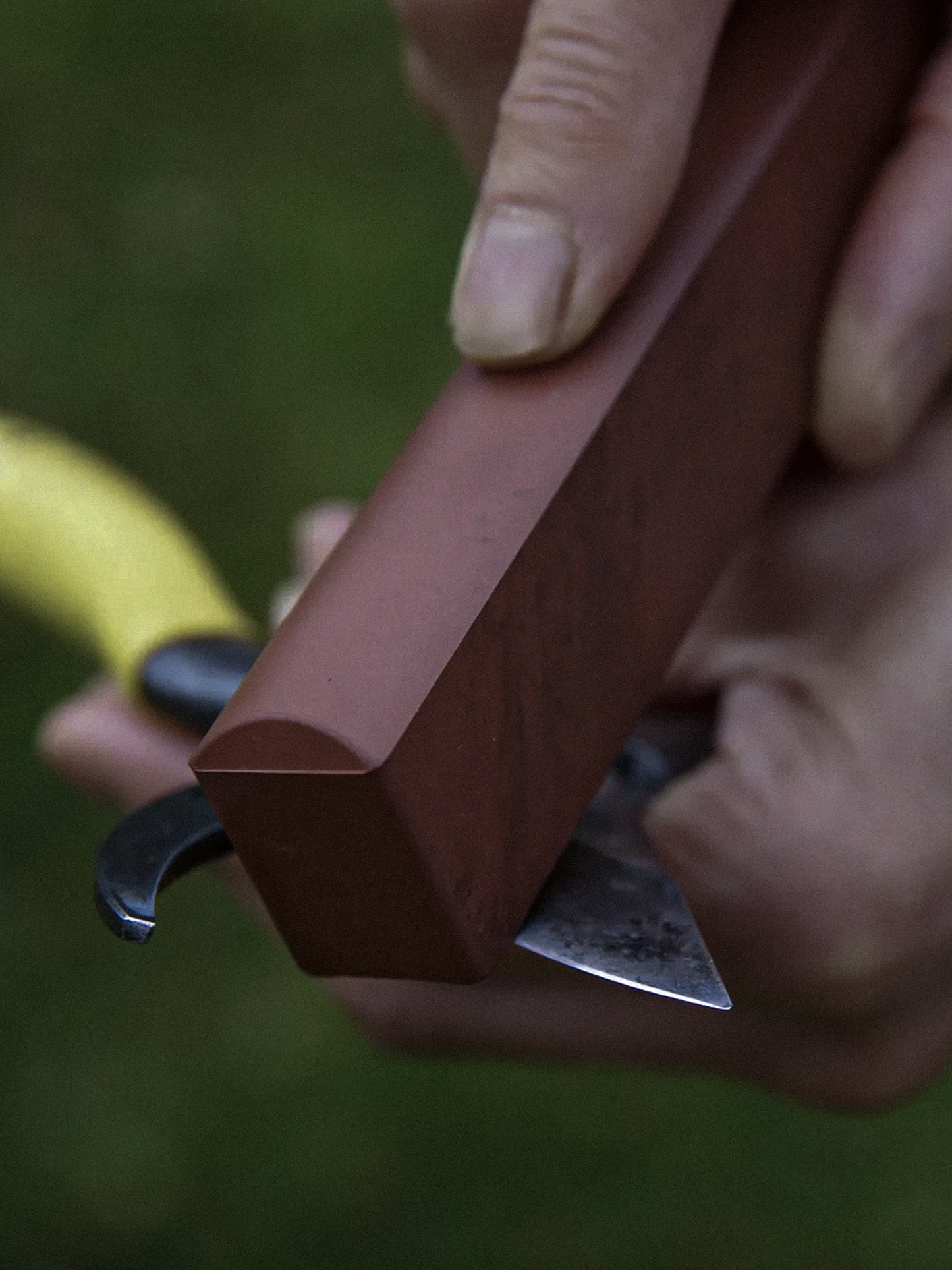
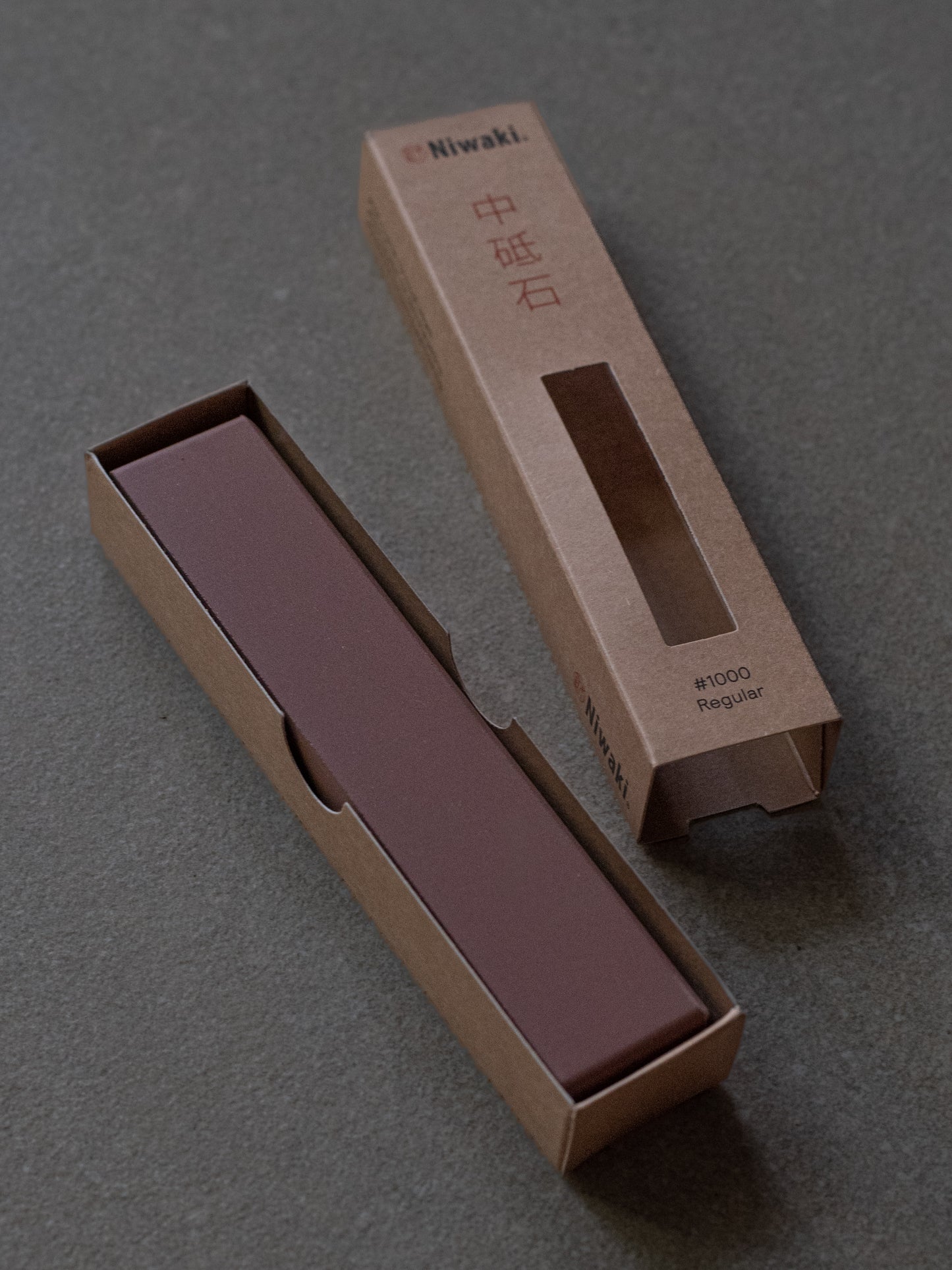
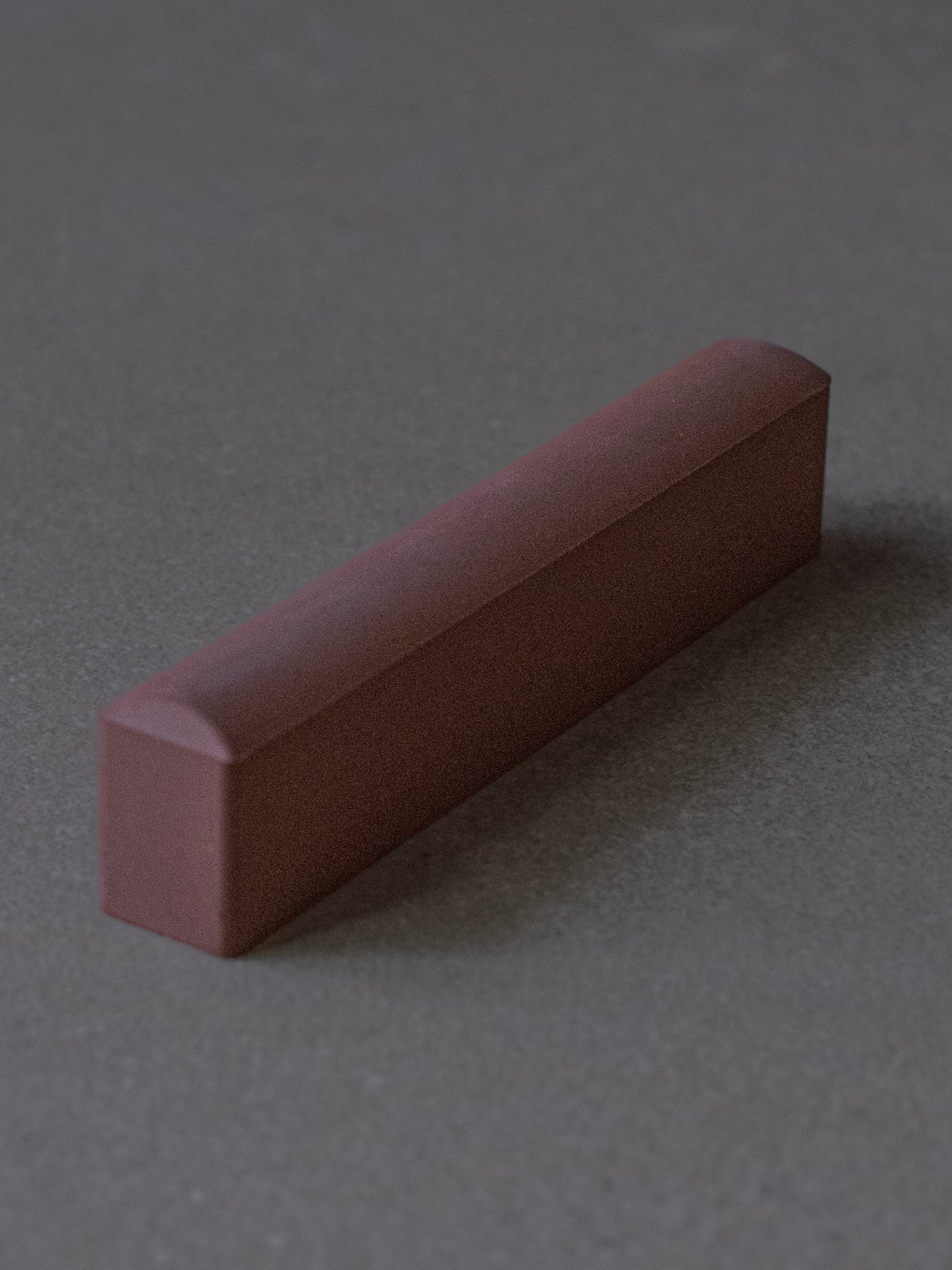

About Niwaki
Niwaki was established in 1997, and means garden tree. Japanese gardens are landscapes, microcosms of nature, and the trees are all shaped to fit into those landscapes. Niwaki evolved from founder Jake Hobson's discovery of Japanese gardens through his time living in Japan. Their range of beautiful hand forged tools and useful objects are carefully handmade by Japanese blacksmiths.
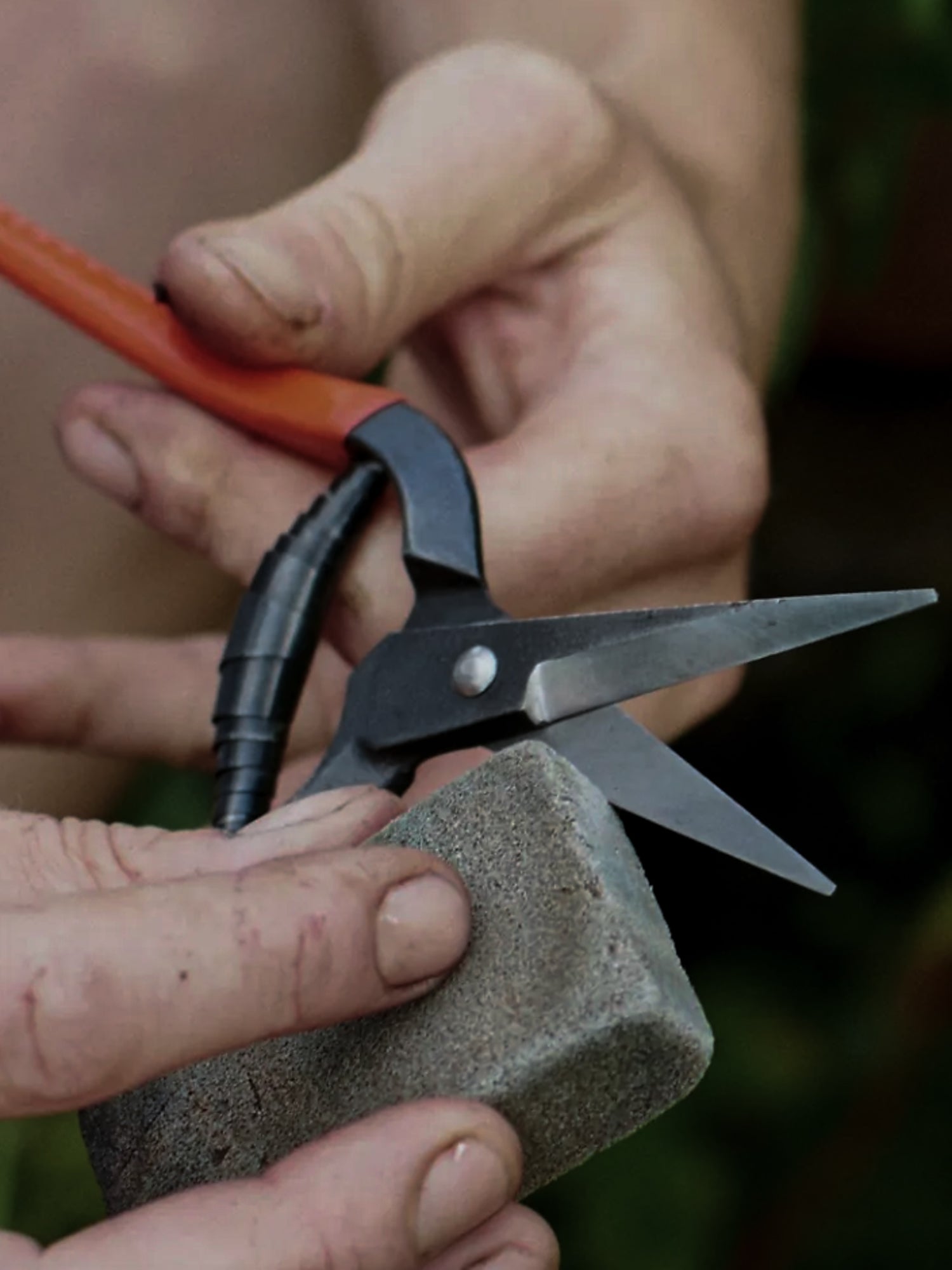
Niwaki's Care Guide:
"Most of our sharp tools are made from carbon steel - this means they may, through regular use, stain (and eventually rust) and gradually lose their edge. Caring for them involves three things…"
1. Correct Use:
- Japanese steel is hard and sharp, and can be more brittle than some people are used to - it will chip if abused
- Do not cut wire, metal, stone, plastic or any other hard material (even bamboo fibres and some very hard woods, especially knots and burrs, can damage steel edges)
- Do not twist or apply uneven pressure
- Cut diagonally across branches (not straight across) so you cut along the fibres
- Pay attention to our maximum cut dimensions, and don’t overdo it (shears are not loppers)
- Use the base of the blades, not the tips, for heavier cuts
2. Keeping Them Clean:
- Remove leaf resin, rust and gunk with a Crean Mate and water
- Dry, wipe over with Camellia oil and store in a dry place
